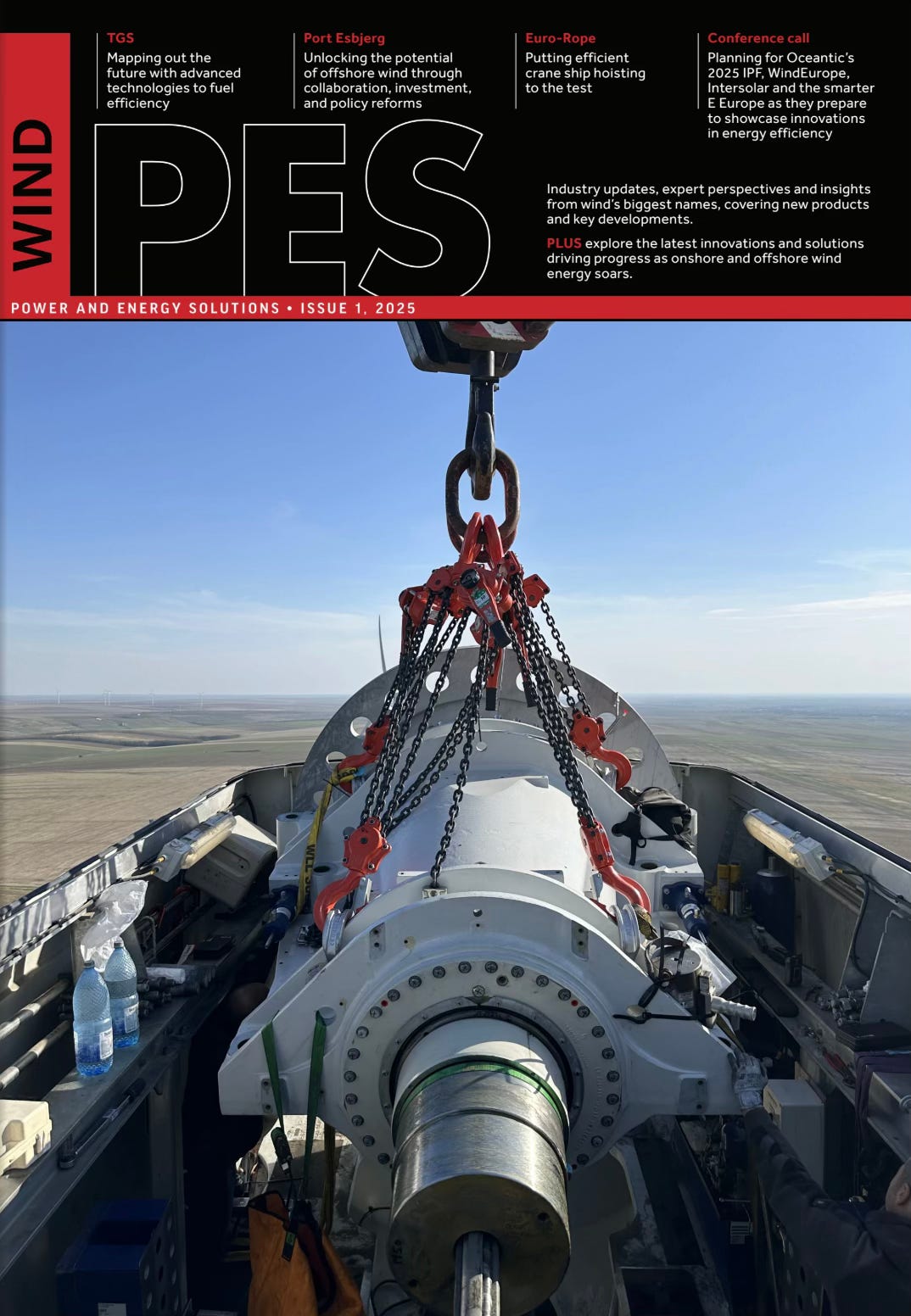The Excel effect: Building bigger, not better
It works for Wind Turbine Construction, and also for building Mousetraps
This is an excerpt of an article in the March 2025 PES Wind magazine, written by Allen Hall, CEO, Weather Guard Lightning Tech
The wind energy industry stands at a crossroads. On one side, there’s the allure of groundbreaking innovations and ever larger turbines promising increased efficiency. On the other is a growing realization that rapid advancement might be coming at the cost of reliability and maintainability. This article explores the tension between innovation and practicality in the wind energy sector, arguing for a more measured approach to technological progress.
➡️ Planning to attend an upcoming trade show? Let us know if you want to meet us there!
The promise of innovation
‘Build a better mousetrap, and the world will beat a path to your door.’
This adage, often misattributed to Ralph Waldo Emerson, encapsulates the American spirit of innovation. Thomas Edison, the famed inventor, expressed a similar sentiment: ‘There’s a better way to do it – find it.’ These ideals have driven American inventors, scientists, and engineers for nearly a century, pushing the boundaries of what’s possible across various industries. However, as we apply these mottos to established industries like wind energy, we must ask: are we pushing too hard, too fast?
The reality: challenges in wind turbine maintenance
At the recent AMI Wind Turbine Blades event in Boston, Massachusetts, industry insiders painted a sobering picture of the current state of wind energy. While academic presentations showcased cutting-edge engineering concepts, conversations with operators and maintenance professionals revealed a different story. The rate of blade composite defects and factory blade repairs has reached alarming levels, overwhelming operators. As a result, companies are scrambling to assemble teams of blade composite experts to address a mountain of structural issues. Operations and maintenance (O&M) repair budgets are skyrocketing, and there’s a critical shortage of qualified blade composite technicians to complete necessary repairs. This situation raises a crucial question: how did we arrive at this point?
The Excel effect: how spreadsheet decisions impact real-world operations
Surprisingly, part of the answer lies in a ubiquitous piece of software: Microsoft Excel. When viewing wind turbine purchases on a spreadsheet, companies often lose sight of the complex machinery behind the numbers. In creating a new wind farm project, the turbine is just one of many inputs into the financial model. However, the reliability of that turbine and the actual maintenance and operations costs are challenging to estimate accurately.
Complicating matters further, operators frequently purchase wind turbines while they’re still in development.
This means there’s no real-world data about their reliability. Estimates are usually based on previous turbine models or simple predictions by the manufacturer. The result? Operations and maintenance teams receive wind turbines with no historical data because they looked good on a spreadsheet.
This ‘Excel effect’ has far-reaching consequences. Turbine development can be pushed to the production sequence when it should remain in the qualification and certification process. Due to this quick innovation process, multiple iterations of blades, drivetrain, and control systems are often needed, gradually improving with quantity. But by then, the turbines are already in the field, and any problems become the responsibility of the operations team.
Read the entire article (it’s FREE!) in the March issue of PES Wind Magazine or find the reprint on our website here.





